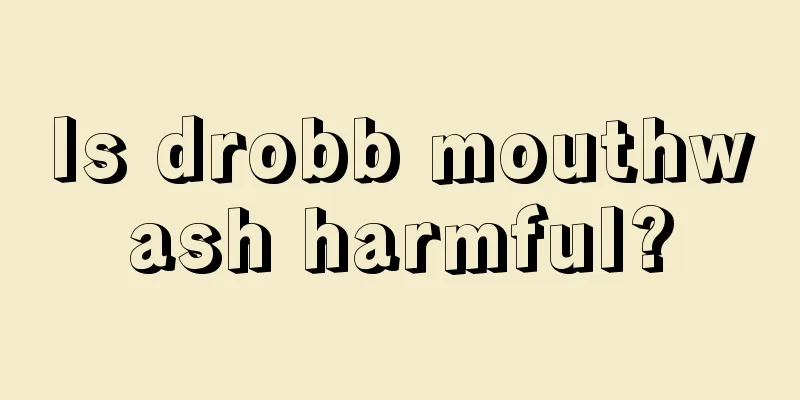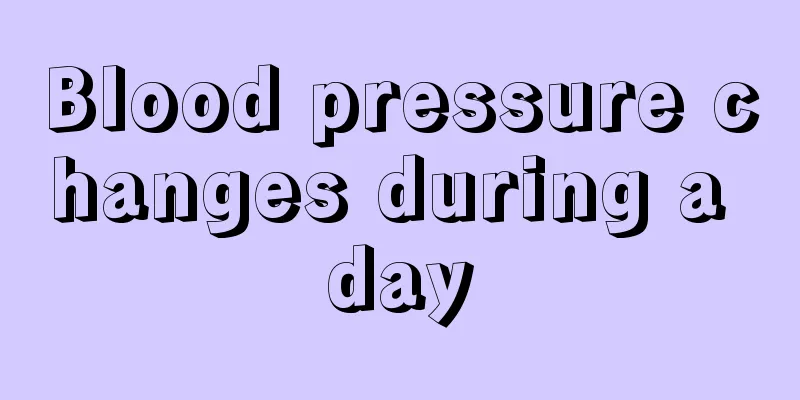How long does it take for alopecia areata to grow hair

|
Alopecia areata is a relatively common hair loss disease. People also call this type of alopecia areata "alopecia areata". Sometimes patients will experience local hair loss at night without realizing it. There are many causes of alopecia areata, including disease and psychological reasons. If you have alopecia areata, you should receive good treatment in time. There are drug treatments, such as minoxidil, 5% minoxidil cream, etc. Let us learn about this aspect. How long does it take for hair to grow after alopecia areata Generally, after treatment, alopecia areata will heal in 3 to 4 months and hair will start to grow. However, those with higher difficulty may not be cured for several years. The question of how long it will take to cure alopecia areata should be analyzed specifically for different treatments. Usually, different methods of treating alopecia areata will result in a big difference in how long it will take to cure, so it cannot be determined. Alopecia areata is a disease that is prone to recurrence, and the specific situation of each patient will be different. Some patients with alopecia areata have smaller bald spots, with only 1-2 patches, which stop expanding within a few weeks. The hair around them grows firmly without any symptoms of loose hair. This is a sign of improvement. Soon, fine, light-colored vellus hair will appear on the smooth bald spot, gradually turning darker, thicker, and denser, and the hair will return to normal. Alopecia areata often recurs after recovery. Some patients relapse after a few months, while others relapse after a few years. Some patients relapse only once, while others relapse multiple times. There is no regular recurrence of alopecia areata, and some patients may have a relapse after 5 years. All types of alopecia areata may recur, with different intervals between recurrences, which brings a great mental burden to patients. Patients with alopecia areata must avoid being impatient for quick results during treatment. The more anxious they are, the longer the treatment cycle will tend to be. Adjusting your mindset and paying attention to rest and diet are good ways to assist in treatment. If you want to choose folk remedies to treat alopecia areata, you must first obtain the consent of your doctor to avoid being deceived. Treatment of alopecia areata Most common alopecia areata tend to heal naturally, but a few cases recur, making them difficult to treat. But there are many treatments that can be combined to treat hair loss. 1. Topical medications (1) Minoxidil 5% minoxidil cream or solution, applied once or twice a day, may be related to its vasodilatory effect. (2) Anthralin 0.5% to 1% anthralin ointment or cream is a primary irritant. Apply externally 1 to several times daily, until mild dermatitis occurs on the local skin. (3) The contact sensitizer diphenylcyclopropene ketone (DCP) is the most commonly used. (4) Topical or intraperitoneal glucocorticoids. Topical application of 0.05% dexamethasone and 50% dimethyl sulfoxide solution often has better therapeutic effects than creams. 2. Oral medication (1) The glucocorticoid prednisone is taken orally. The dosage is gradually reduced after a few weeks and then maintained at a low dose for 6 months. Glucocorticoids are effective, but have significant side effects and are prone to relapse after discontinuation of the drug, so they are not used as a routine treatment. However, it can be tried for acute alopecia areata to prevent it from developing into total alopecia or universalis. (2) The course of cyclosporine treatment is 6 to 12 months. It is effective in some cases, but the drug should be discontinued if there is no effect after 4 months. (3) Thymopentin is injected intramuscularly for 3 weeks. (4) Take niacin, a vasodilator, orally. 3. Local injection method: Local injection of glucocorticoids is suitable for hair loss in a smaller area or important cosmetic areas (such as eyebrows) in patients with alopecia universalis. The injection can be directly into the hair loss area or into its surrounding area in order to control the further expansion of the hair loss area. Care should be taken to avoid possible local skin atrophy and depression. 4. Nerve blockade therapy: The greater occipital nerve is blocked. After the nerve is blocked, the skin temperature in the area it innervates rises, which is beneficial to hair regeneration. |
<<: Can toothpaste be used to wash hair?
>>: The role of brown sugar in aquaculture
Recommend
How long can you live after surgery for papillary thyroid cancer
There are many types of thyroid cancer, among whi...
How to install the zipper mosquito net?
In summer, most places are very hot and the air i...
What are the dangers of oral contraceptives
Nowadays, in daily life, when people do not take ...
What bra is good for flat chested people?
Many girls are proud of their plump breasts, but ...
Not paying attention to kitchen ventilation may cause lung cancer
As the saying goes, food is the most important th...
If my neck turns dark during pregnancy, does it mean it's a boy?
People often encounter the situation of darkening...
Bones protruding from the back
In addition to being thin, the protruding bones o...
Skin care products containing fruit acid
Nowadays, there are many types of skin care produ...
What causes lip peeling
Peeling lips is a common condition in our lives. ...
What is the reason for hair loss
Nowadays, female friends like to do their hair fr...
Diarrhea in late stage of prostate cancer
In the late stage of prostate cancer, loose stool...
Can exercise cure uterine cancer?
Cancer is scary, and no one wants to be involved ...
What is the purpose of tape on thyroid cancer scars
The tape on the scar after thyroid cancer surgery...
How to inhibit melanin production
Probably most women want their skin to be fairer,...
How to do acupressure to stop bleeding?
There is no need to tell you how important blood ...









